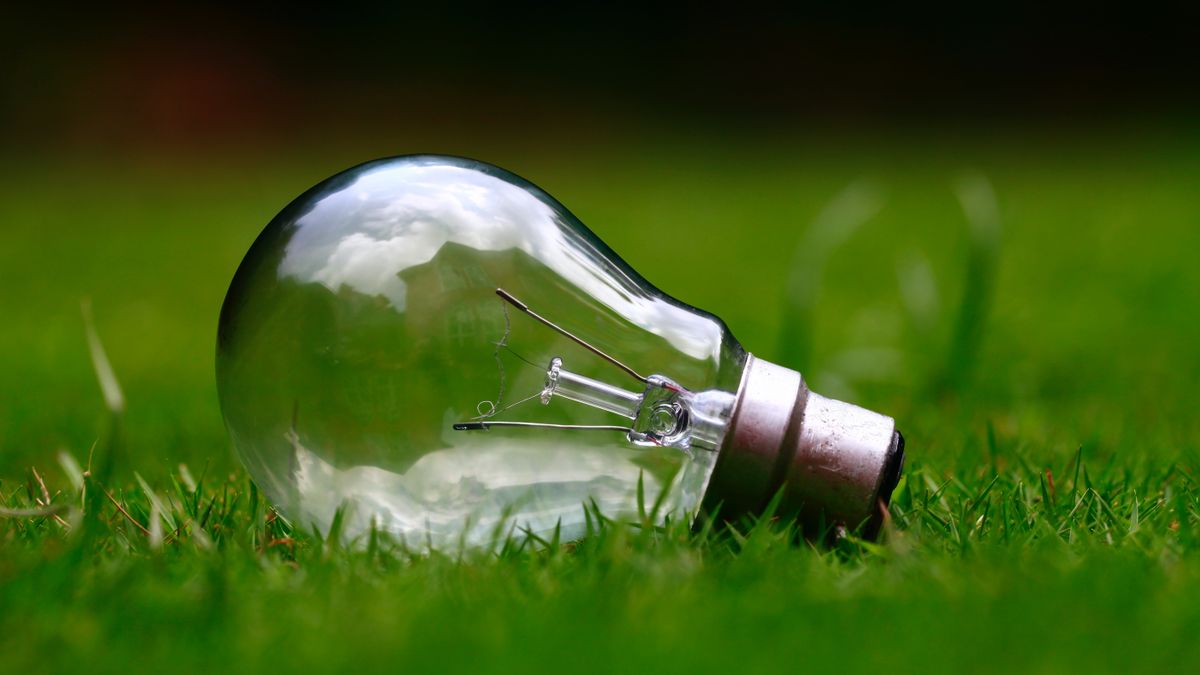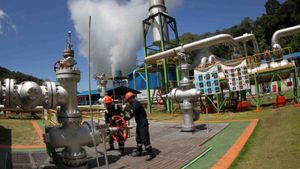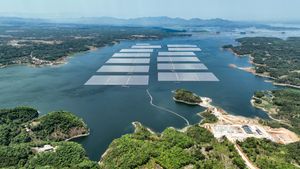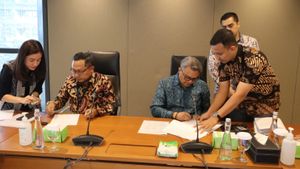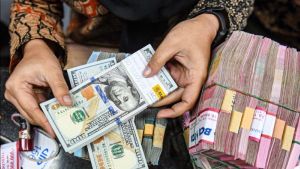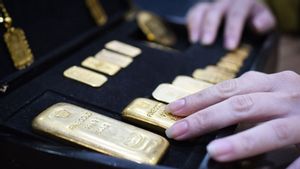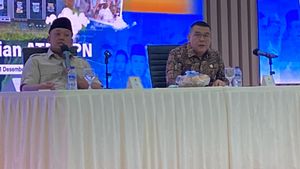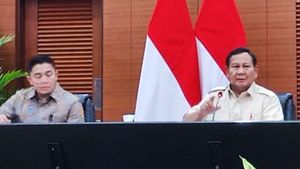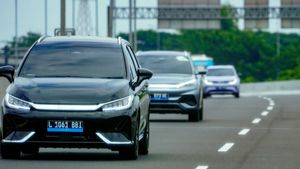PLN Nusantara Power reported the performance of clean energy production from co-firing innovation throughout 2023 as much as 525.62 GWh or equivalent to reducing carbon emissions by 533,291.79MT.
The achievement of green energy production has more than doubled from 2022 by 250.36 GWh and exceeded the previously set target of 111.44 percent.
President Director of PLN Nusantara Power Ruly Firmansyah conveyed the company's commitment to supporting the government's efforts to achieve Net Zero Emission (NZE) in 2060 and support the achievement of the new renewable energy mix (EBT). In addition to developing an EBT-based generating unit, according to him, a proper strategy is needed to encourage clean energy in the existing PLTU.
"We (PLN Nusantara Power) have been conducting co-firing related studies since 2018 and have implemented co-firing on 24 PLTUs in Java and outside Java. For example, PLTU Paiton has now succeeded in testing up to 30 percent of co-firing and we hope that the percentage of co-firing mix will be increased," said Ruly in an official statement, Monday, January 8.
In addition, PLN NP is also promoting co-firing because this innovation is one of the right steps in implementing green energy and is also one of the PLN green booster' programs to support the national EBT energy mix target.
This co-firing push is also a tangible manifestation of the transformation of PT PLN (Persero) through Green's aspirations, where PLN continues to increase the mix of green energy in the provision of national electricity. By implementing co-firing, PLN can quickly reduce carbon emissions and increase the mix of EBT without the need to build new plants.
SEE ALSO:
Co-firing is a substitute technique in the combustion of Steam Power Plants (PLTU), where some of the coal used as fuel is partially replaced with other materials, which in this context is biomass.
"Not only can it reduce the gradual use of fossil fuels, but co-firing can also be a solution to waste problems while driving the economy. Because one of the co-firing fuels can come from solid Jumputan Fuel (BBJP)," said Ruly.
Just so you know, PLN Nusantara Power itself has collaborated with three (3) Japanese companies to develop clean energy in the generating unit. The three companies are Sumitomo Heavy Industries (SHI), Misubishi Heavy Industries (MHI), and Ishikawajima-Harima Heavy Industries (IHI Corporation) in ammonia co-firing.
The English, Chinese, Japanese, Arabic, and French versions are automatically generated by the AI. So there may still be inaccuracies in translating, please always see Indonesian as our main language. (system supported by DigitalSiber.id)
